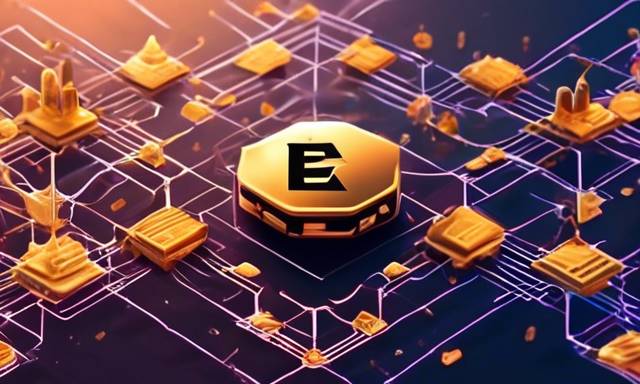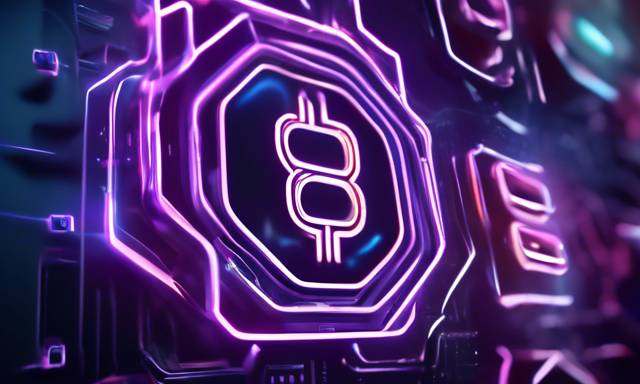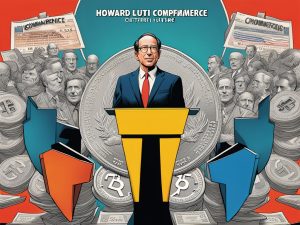Exploring the Future of Decentralized Social Networks 🌐
This article reflects on the engaging discussions that took place at the ETHCC Web3 Social Day, where key figures in the field of decentralized social networks came together to explore the potential directions for social media. The gathering provided an opportunity to analyze various viewpoints, present insights on decentralized systems, and share visions for the future.
Leading Voices in the Conversation 🎤
At the ETHCC Web3 Social Day, a group of influential thinkers in the decentralized social networking arena convened. The session was facilitated by Suji Yan from Mask Network, engaging with participants like Fiatjaf, the mind behind the Nostr protocol; Wouter Constant, a researcher on Nostr; Limone.eth of ETHRome; Eric, an engineer focusing on distributed networks at Codex; and Shane Gaffney, the leader of Sending.me. Together, they delved into a variety of insights regarding decentralization.
During the exchange, Suji Yan pointed out the diverse opinions on what decentralization entails. While several attendees advocated for entirely independent operations, the Sending.me team expressed a different perspective, noting their considerable funding ventures. The discussion recalled the inception of Bitcoin and the rise of Nostr as catalysts for renewed dialogues within the crypto community, revealing the shortcomings in present industry practices.
Understanding Nostr: A Decentralized Network 🛠️
Wouter Constant took the floor to explain the fundamentals of Nostr, which operates on principles of asymmetric cryptography and standard data formats facilitated by a relay system for communication. Initially designed as a blogging platform akin to Twitter, he outlined how Nostr has transformed into a comprehensive decentralized network.
Eric from Codex added a layer to the discussion by stressing the significance of data permanence, resistance to censorship, and user privacy. He highlighted that achieving real decentralization is deeply connected to employing decentralized data storage. Limone.eth contributed to the conversation by discussing the varying methodologies projects adopt towards decentralization—creating systems that are community-centered, protocol-centric, or product-focused.
Navigating Challenges and Opportunities in Decentralization 🚧
Shane Gaffney shared a compelling narrative about the creator of the Dolphin browser, illustrating a transition toward decentralization spurred by the limitations faced in centralized platforms. Sending.me aims to merge social interactions with financial activities and content production, featuring elements like token-accessible communities.
During the talks, Suji raised a pivotal inquiry regarding the sustainability of non-profit social networks. Wouter answered by recounting the evolution of Nostr, which began without funding and only later secured backing from organizations such as Jack Dorsey’s OpenSats foundation. He argued that priority should lie in establishing public structures before pursuing profits.
Decentralized Infrastructure and Data Storage Insights 💻
Eric and Wouter examined the technical facets of decentralized data storage. Eric pointed out Codex’s mission to provide data storage that is not only persistent but also immune to censorship. Wouter emphasized the inherent difficulties of peer-to-peer systems and the crucial function of relays within Nostr.
Limone.eth discussed the integration of Farcaster with Ethereum, showcasing how users can engage with decentralized applications (dApps) while maintaining control over their personal identity and data. The group also deliberated on the prospects of synergizing various decentralized protocols to fabricate more resilient systems.
Current Perspectives on Decentralized Social Networks 📊
As the conversation drew to a close, Suji prompted the participants to rate the current status of decentralized social networks on a scale of 1 to 10. Wouter rated it a mere 1, stating that the inclusion of public and private keys in social frameworks is still at an early stage and will require generations to be fully integrated. Eric rated it between 2 and 3, underscoring the need for substantial investments to mitigate existing barriers. Limone.eth and Shane gave ratings of 3 or 4, expressing a hopeful outlook for rapid advancements in the coming decade.
The panelists reached a consensus that, while decentralized social networks are still in their nascent phase, sustained dialogue and innovation are essential for their development. They underscored the necessity for establishing foundational infrastructure to bolster forthcoming applications, ensuring data permanence and immunity from censorship.
Hot Take: The Road Ahead for Decentralized Social Media 🚀
Decentralized social networks may currently appear in their infancy, but the active discussions and pioneering efforts are vital. As innovators continue to refine strategies and develop robust infrastructure, the evolution of social media promises to take intriguing turns in this year and beyond.
For further information, check the original article source!





 By
By
 By
By
 By
By

